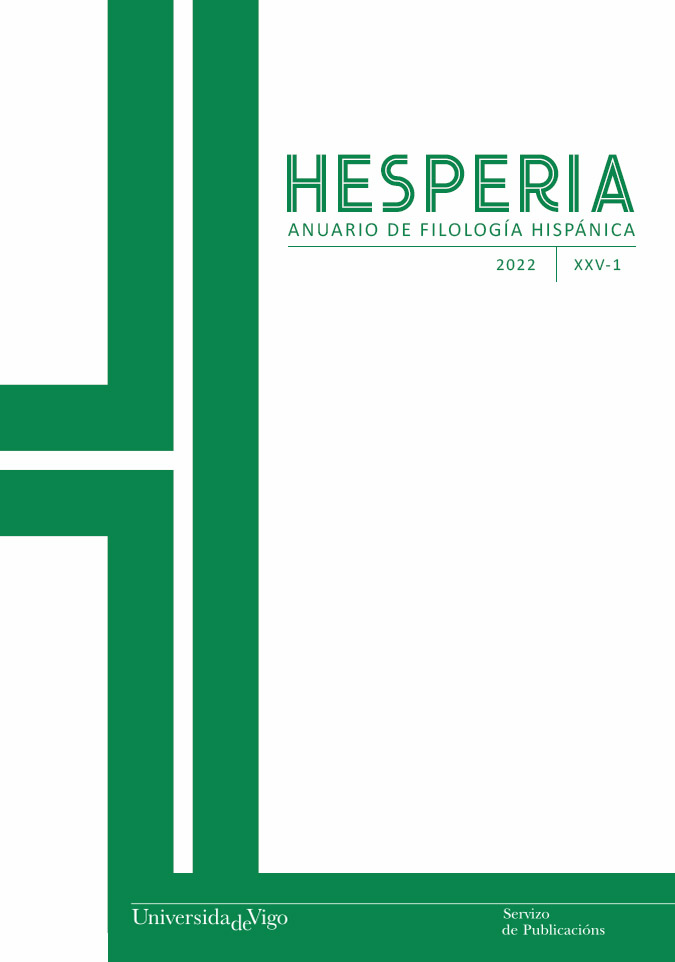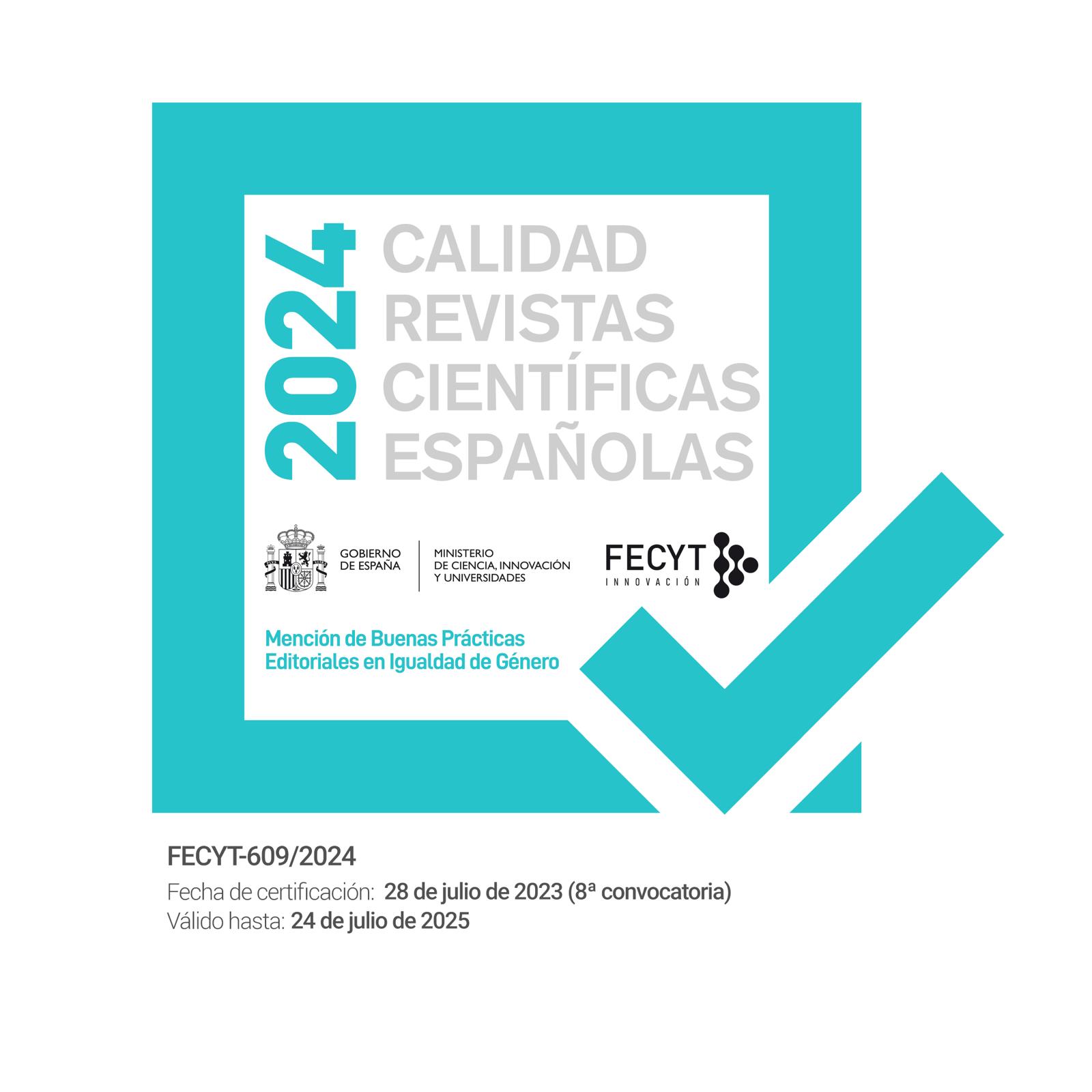RAE’S PUTO, PEOPLE’S PUTO: PRODUCTIVITY AND CATEGORISATION OF PUTO, -A
DOI:
https://doi.org/10.35869/hafh.v25i1.3833Keywords:
diachrony, neology, grammaticalization, intensification, expletivesAbstract
Since 2019, the word puto has sparked an interesting linguistic debate due to the appearance of unprecedented uses in which it seems to function as an adverb. The literature on the expletive uses of this word points to the absence of diachronic studies that help determine its morphosyntactic, semantic, and pragmatic evolution, so this article offers a review, first, of its morphological productivity, and secondly, of its functions as an adjective and especially as an adverb. To this end, various corpora and works from the Real Academia Española (RAE) are used, as well as colloquial examples obtained from Twitter. 46 lemmas formed by derivation are analyzed —three with parasynthesis and one by prefixation—, in which a marked inscription of gender roles can be seen, along with 50 created by composition —29 as the second or third formant, 25 of which come from the locution hijo, -a de puta (‘son of a bitch’), and 21 as the first formant, 14 of them with the form puti-, similar to other gender-based formants—. In addition to the three adjectival uses recorded in the academic dictionary, a shift of puto towards adverbial-like and in some case prefixal-like functions is noticed. The review confirms the uniqueness of puto when it functions as an expletive and the existence of a continuity between the different word classes.















